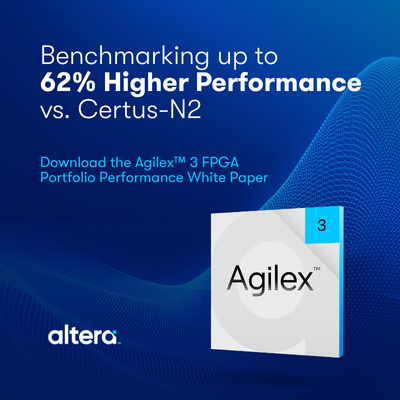SANTA CLARA, Calif., Sept. 8, 2010 — Agilent Technologies Inc. (NYSE: A) today announced the release of its SystemVue 2010.07 software. This system-level design environment now provides the ability to perform complete mathematical modeling and scripting in SystemVue using MATLAB software. SystemVue also supports a new W1905 RADAR model library, which provides intellectual property (IP) reference blocks for scenario modeling and early R&D verification. The new features help system-level architects accelerate development of challenging physical layer systems in military and commercial systems.
With direct access to the most widely used set of math and computation functions in MATLAB, Agilent SystemVue bridges the gap between RF physical layer and baseband algorithms for communications architects, providing a more complete architects workbench for physical layer (PHY) development. System designers will welcome the full compatibility of their existing IP, while realizing more accurate real-world effects at an earlier architectural stage — resulting in accelerated design maturity.
“Agilent is pleased to expand our capabilities with The MathWorks’ products to utilize synergies in the communications design space,” said Mark Pierpoint, vice president and general manager at Agilent. “Offering MATLAB capabilities in SystemVue puts the world’s most popular algorithm and data analysis tool at the heart of a system-level design environment that sits above the RF, DSP and measurement domains, enabling more effective design and verification.”
SystemVue 2010.07 also features a new library of signal processing models for radar applications. With more than 30 blocks available, engineers can analyze system vulnerabilities, algorithm robustness, and generate and receive hardware test vectors, which can be downloaded to live test equipment. This versatility saves time, efficiently leverages equipment assets, and eliminates expensive visits to hardware simulators and testing ranges early in the R&D design process. Additional features of SystemVue 2010.07 include:
- access to the new Agilent N1010A FlexDCA High Speed Digital Scope software for communications measurements and visualization (available at no cost);
- new system-level ADC models for RF-baseband architect studies;
- a new W1714 IBIS AMI Model Generation option for gigabit SerDes PHY developers; and
- improvements in the W1715 MIMO channel modeling library to allow physical EM-based impairments of 8×8 MIMO arrays, which are critical for support of the emerging 3GPP LTE-Advanced standard.
In September, SystemVue’s new W1905 radar model library will be featured at the Agilent Technologies exhibits at AUTOTESTCON 2010 (Orlando, Fla.) and the European Microwave Conference 2010 (Paris).
U.S. Pricing and Availability
Agilent’s SystemVue 2010.07 is available for download at www.agilent.com/find/eesof-systemvue. Pricing for the SystemVue environment starts at approximately $17,000. A free 30-day evaluation is available at www.agilent.com/find/eesof-systemvue-evaluation. A photo of SystemVue with the new modules is available at www.agilent.com/find/SystemVue2010_07_MATLAB_images.
About Agilent EEsof EDA Software
Agilent EEsof EDA is the leading supplier of electronic design automation software for microwave, RF, high-frequency, high-speed digital, RF system, electronic system level, circuit, 3-D electromagnetic, physical design and device-modeling applications. More information is available at www.agilent.com/find/eesof.
About Agilent Technologies
Agilent Technologies Inc. (NYSE: A) is the world’s premier measurement company and a technology leader in chemical analysis, life sciences, electronics and communications. The company’s 18,500 employees serve customers in more than 100 countries. Agilent had net revenues of $4.5 billion in fiscal 2009. Information about Agilent is available on the Web at www.agilent.com.




